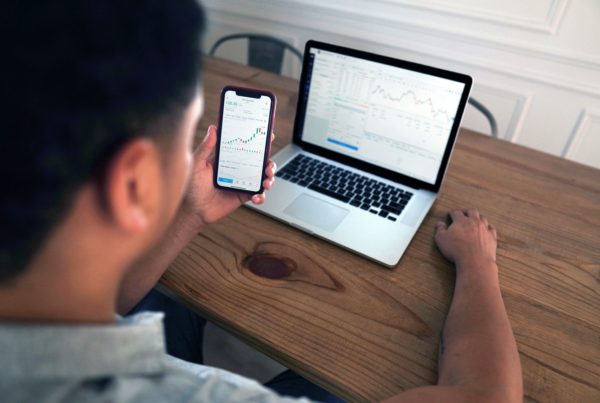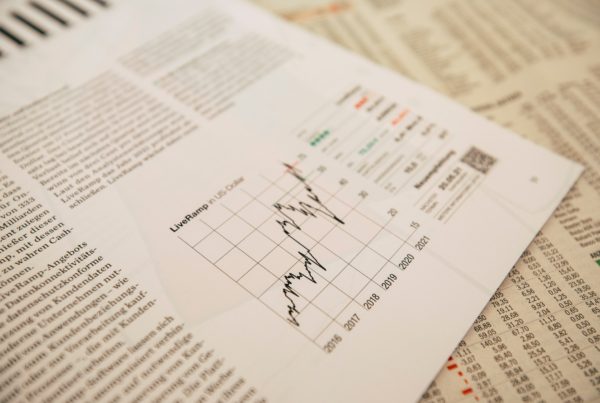
Anonymity in Research
22/04/2021
Anonymity in
Research
22/04/2021
As researchers, our responsibility is twofold. One of our responsibilities is to find and gather the right information that will satisfy the client’s needs. This entails asking the right questions, becoming familiar with the data, analysing the data, and reporting the data in a palatable way, while also providing insights that provide direction for the client. Our other responsibility, which is in no way secondary, is to safeguard the participants who have provided their time and insights. These two responsibilities, while it may not seem like it, go hand-in-hand.
 Michela Laurenti
Michela Laurenti
Junior Market Research Analyst
Fact: I write lists for everything that I do ✏️

Michela Laurenti
Junior Market Research Analyst
Fact: I write lists for everything that I do ✏️
As researchers, our responsibility is twofold. One of our responsibilities is to find and gather the right information that will satisfy the client’s needs. This entails asking the right questions, becoming familiar with the data, analysing the data, and reporting the data in a palatable way, while also providing insights that provide direction for the client. Our other responsibility, which is in no way secondary, is to safeguard the participants who have provided their time and insights. These two responsibilities, while it may not seem like it, go hand-in-hand.
Why anonymity in research benefits everyone;
While some clients do insist on knowing who said what during research interviews, this is not always possible. This is especially true in Malta with such close-knit communities. Ensuring participants that their participation will remain anonymous and that no information will be identifiable to them, encourages participants to provide candid responses. For example, as a loyal customer who is asked to provide feedback on a service, you may feel uncomfortable knowing that such service providers will know what you said. However, having the reassurance that all information will be anonymous, encourages you to be honest and speak more openly. Participants speaking candidly is essential to research and provides valuable insights.
When research is not anonymous some individuals are discouraged from participating. This in turn makes recruitment much more challenging. This is particularly problematic when the pool of participants is already limited and might prevent you from recruiting the desired amount of participants.
How do you ensure anonymity?
Anonymity for participants can be done primarily by removing any identifying information of the participant. This includes information such as job roles that would make them identifiable e.g., CEO of company X. This information can easily lead one to figure out who the participant is.
Anonymising data can be done from the moment an individual agrees to participate in research, by codifying their names. An easy method is by writing down on a physical paper which code applies to which participant, for example, Jane = Participant 1. In this way, all information about Jane will be saved under ‘Participant 1’. This ensures that if anyone accesses your computer, they will not know who participant 1 is, and thus, cannot trace the information shared during the interview back to Jane. Some other steps, such as using password protection on a PC and folders can also help mitigate the risks of the participant being identified.
Anonymity in research is essential to collecting valid and reliable results. This is true for both quantitative and qualitative research. Anonymising data should not be underrated and should be a top priority to all involved in research.

How do you ensure anonymity?
Anonymity for participants can be done primarily by removing any identifying information of the participant. This includes information such as job roles that would make them identifiable e.g., CEO of company X. This information can easily lead one to figure out who the participant is.
Anonymising data can be done from the moment an individual agrees to participate in research, by codifying their names. An easy method is by writing down on a physical paper which code applies to which participant, for example, Jane = Participant 1. In this way, all information about Jane will be saved under ‘Participant 1’. This ensures that if anyone accesses your computer, they will not know who participant 1 is, and thus, cannot trace the information shared during the interview back to Jane. Some other steps, such as using password protection on a PC and folders can also help mitigate the risks of the participant being identified.







